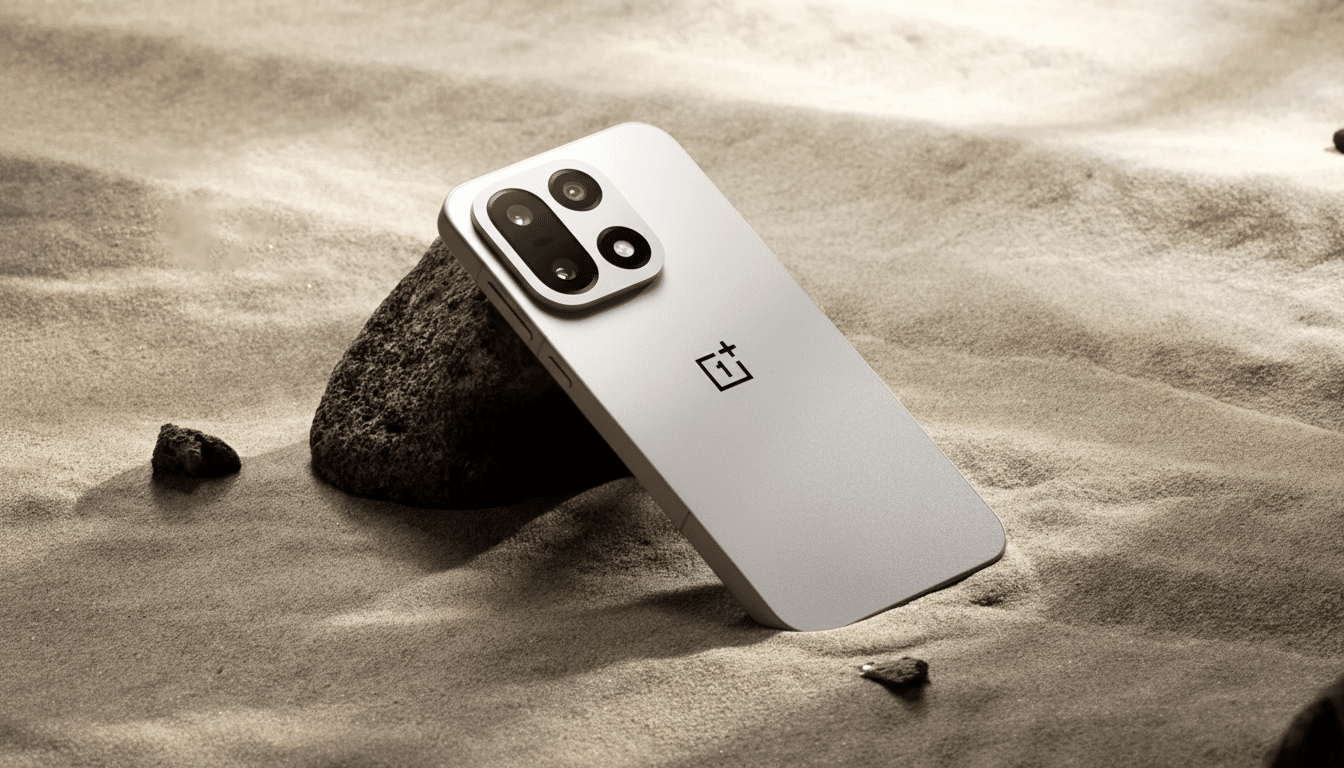I tested the OnePlus 15 through two weeks of daily use and a no-charger weekend, and the headline is clear: This phone sets a new benchmark for flagship battery life in North America. Powered by a 7,300mAh cell based on ultra-high-density silicon-carbon tech and genuinely fast top-ups, this provides something we’ve not had for ages—solid two-day endurance without having to baby the thing.
Real-world endurance testing over a charger-free weekend
I unplugged when I arrived for a weekend trip and didn’t look for an outlet for about 48 hours. In that time, I had built up around 12 hours of screen-on time distributed across maps, social feeds, YouTube Shorts, music streaming, and email and messaging. When it was time to return home, the phone still had about 15% left in it.
- Real-world endurance testing over a charger-free weekend
- Why this battery is special and how silicon-carbon helps
- Charging that rewrites routine with fast 80W top-ups
- The trade-offs to know when choosing the OnePlus 15
- How it stacks up against rivals, and why that matters
- Bottom line: the new endurance standard for flagships

That carried through to daily life as well. A big day one was still enough to coast on a second day. I ended up comfortably charging every other night with moderate use—a luxury I never had with any of the recent flagships.
Why this battery is special and how silicon-carbon helps
The capacity is only part of the tale. The OnePlus 15’s 7,300mAh pack even outdoes its own predecessor’s 6,000mAh unit as well as common North American flagships—figure something in the ballpark of 5,000–5,200mAh for top Androids and a bit over 5,000mAh for high-end iPhones. Going beyond a 7,000mAh threshold changes how you interact with a phone: You don’t have to plan your day around an outlet.
It is the silicon-carbon anode chemistry that makes this possible. As described by the academic researchers and industry analysts cited by IEEE Spectrum and Counterpoint Research, blending silicon with graphite increases energy density, allowing vendors to deliver significant capacity gains without unduly inflating size. Combine that with modern power management and smarter display scaling, and you have a runtime that’s finally able to keep up with the rest of today’s premium hardware.
Charging that rewrites routine with fast 80W top-ups
Half the battle is not just endurance—but recovery speed. In the US, the OnePlus 15 does have up to 80W wired charging support and, indeed, a brick is included in the box. In my testing the phone peaked at a measured 72.6W and charged from empty to full in about 52 minutes. More important, in just a few minutes, you get enough “juice,” as Mr. McNealy would say, to last for hours—the kind of safety net that makes battery anxiety recede.
Lots of phones can charge fast, but you actually have to use that fast charging every single day. Here, having a genuinely large tank and quick refills means you can just furiously chain-vape for a while and decide to go without charging for a day or two and then be back in business when needed.

The trade-offs to know when choosing the OnePlus 15
To reach its price target, the OnePlus 15 does make a couple of calculated compromises. Its display runs at a higher refresh but has lower resolution than some rivals. The haptic motor feels a little less authoritative than with the last generation too. Camera processing changes from a co-branded tuning to the company’s own DetailMax engine, as does the telephoto—decent, but not class-leading.
OxygenOS 16 is more iOS-esque this time around, and is still begging for some refinement. Optional battery controls can overdo it: lots of background activity—I noticed delayed notifications in apps like ProtonMail—and Do Not Disturb occasionally surfaced alerts when it shouldn’t have. The core experience is still fast and fluid, thanks to the Snapdragon 8 Elite Gen 5, and you can rely on good performance from the main and ultra-wide cameras, but this is something power users will want to be aware of.
How it stacks up against rivals, and why that matters
Niche as it may seem, in the wider market of consumer electronics the OnePlus 15 is unusual in that here is a device that places stamina above paper-thin form, overpriced, which you can only get your hands on if—ahem!—you wait for an invite. While other premium phones have managed to squeak into single-day territory, this one easily leaps up to two-day status. That comports with what survey after survey of consumers from companies like Consumer Reports and J.D. Power make clear: battery life continues to be the No. 1 buying driver.
The playbook is clear. Instead, push capacity with higher-energy-density cells, keep charging fast and don’t allow software that silently leaks away in the background. If other phones follow suit, then “charge every night” no longer has to be the status quo for high-end smartphones.
Bottom line: the new endurance standard for flagships
The OnePlus 15 isn’t slaying in all the spec wars, but it’s slaughtering in the most important one to how people actually live with their phones. If you’ve been waiting for a flagship that can last through the weekend without needing a charger—and still fills up in less than an hour—this is the new standard to beat.

